On March 4th, 2023, in response to the call of “working together to protect children’s eyes and give them a bright future,” Big Vision Medical Technology joined hands with Mingcheng Suzhou Young Reporters to hold a public science popularization activity at Big Vision’s Eye Health Science Popularization Museum. Parents were invited to bring their children to care for children’s eye health together.
After arriving, the children lined up in an orderly manner to register. According to their favorite roles, they put on white doctor coats or wore doctoral caps. The children were both excited and curious, asking various small questions to the optometrist and looking forward to the activity.
First, Understanding the Structure of the Eye
The eye is one of the most important organs in human senses and is affectionately known as the “window to the soul”. Over 80% of the information we obtain from the outside world is achieved through our eyes. But do we really understand our eyes? What are the scientific prevention and correction measures? What is the structure and function of the eye? These are questions that children and parents are very concerned about. A popular and easy-to-understand eye health science lecture provides answers to these questions.

We can compare the structure of the eyeball to a camera. The cornea and other anterior structures are like the camera lens, the pupil is like the aperture, and the retina is like the film. By making this comparison, can everyone better understand the structure and functions of our eyeballs?
In order to give children a more intuitive understanding of the physiological structure of the eyeball, they were divided into four groups to compete in assembling an eyeball model. “This is the vitreous body,” “this is the iris,” and so on.
Second, Establishing Eye Health Records
Establishing eye health records for children is an early eye examination and dynamic monitoring of children’s eye development. It is usually checked every 3-6 months. This helps to detect poor vision and its causes early, as well as detecting children with myopia tendencies and those who are already myopic in a timely manner, so that appropriate interventions can be taken.

At school, children are often the subjects of eye health checks. This activity gave children the opportunity to operate the equipment themselves. They were grouped according to their role, some children learned how to accurately identify the vision chart, and others put on lab coats and began their “consultation”. Faced with unfamiliar and complex professional equipment, everyone was both nervous and excited, lining up to experience being a tester or being tested. Under the guidance of the optometrist, they operated the instruments carefully, observed the screens, and made diagnoses. This not only exercised the children’s hands-on practical abilities but also gave them a new understanding of ophthalmic examination and a deeper understanding of how to protect their vision in the future. Looking at their serious expressions, can’t you feel the importance of “loving and protecting your eyes”?
After establishing eye health development records, we can better understand the development trends of children’s eye development and refractive status. The examination data of each child is automatically uploaded to generate an eye health record, and parents can scan the code on-site to access the WeChat mini-program at any time for viewing. For children with insufficient “farsightedness reserve” and a tendency towards myopia, early detection and early warning are possible, and early intervention and treatment can be provided for children who have already developed myopia.

“Realistic”· Simulating Little Reporters Learning Interviewing
After carefully studying eye care knowledge and methods, we went to the Big Vision Eye Health Popular Science Museum to conduct interviews on eye habits, eye protection common sense, etc.: “Hello, I am a little reporter from the famous city of Suzhou. I would like to interview you on how we primary school students can protect our vision?” “May I ask why our eyes can become inflamed?” “What is the difference between myopia and astigmatism?” and a series of other questions.

For this little reporters’ interview activity, we invited Professor Chen Xinjian, the founder of Big Vision Medical Technology, to vividly answer questions for the little reporters.
Eye protection, we are taking action
In this eye care activity, we used entertaining and educational methods, not only allowing children to gain eye care knowledge and understand the importance of protecting their eyes, but also receiving praise and positive feedback from parents, guiding more parents to participate in myopia prevention and control. Let us continue to join the eye care action, further develop good eye habits, love our “vision” world, and make the future more “eye-catching”!

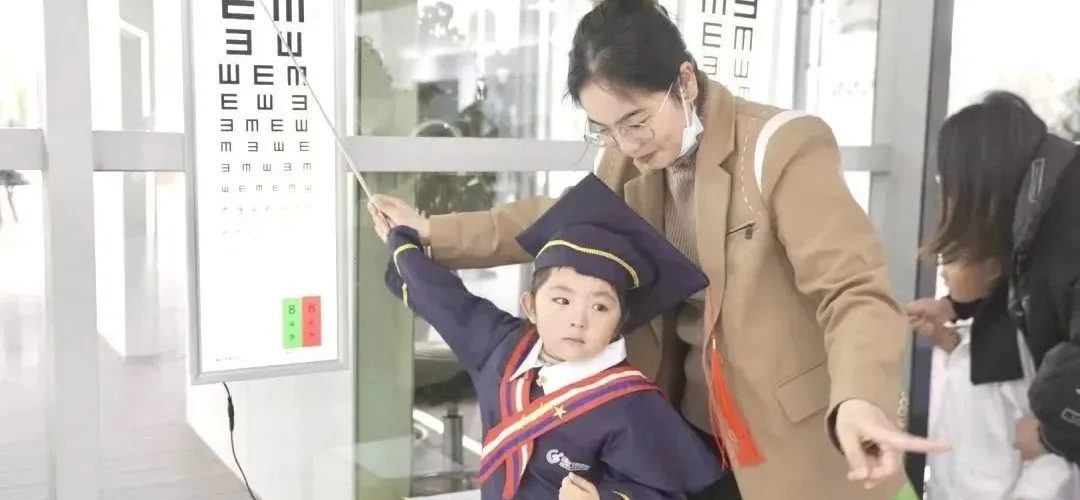
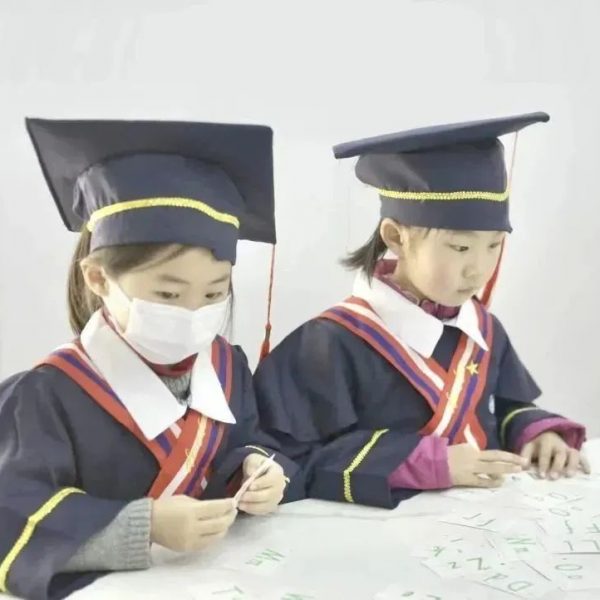
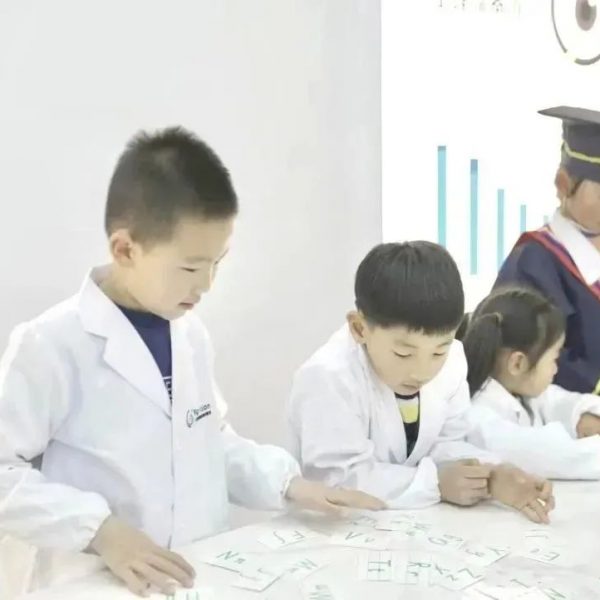
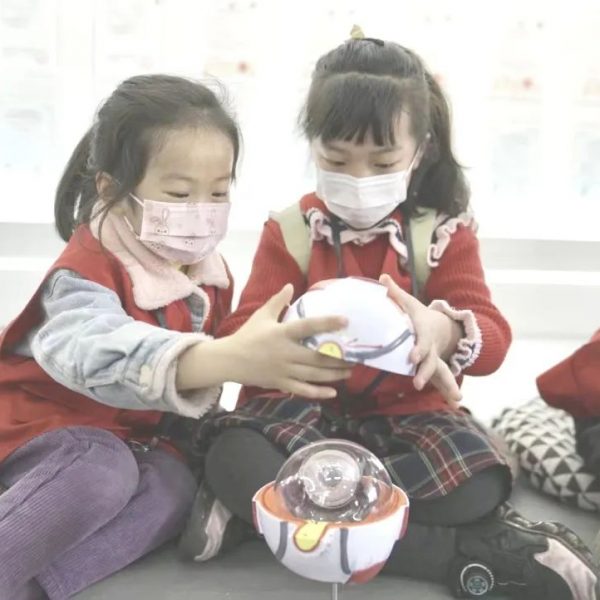
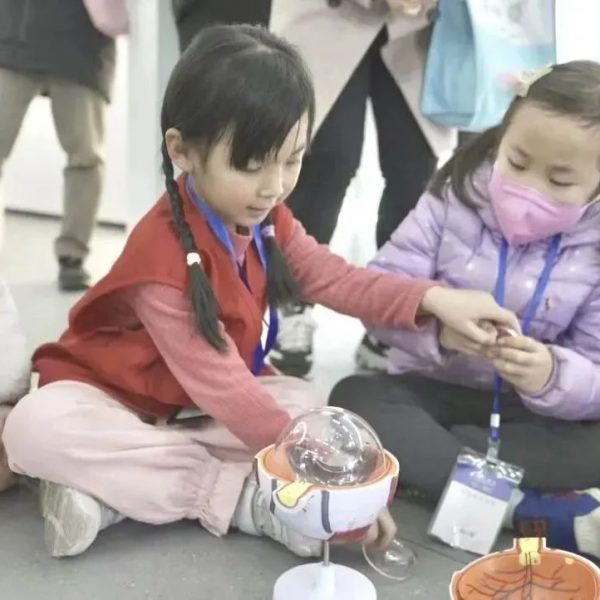
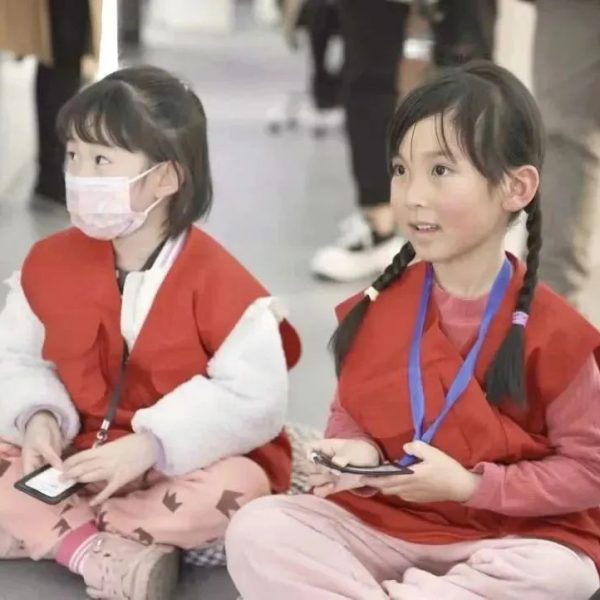
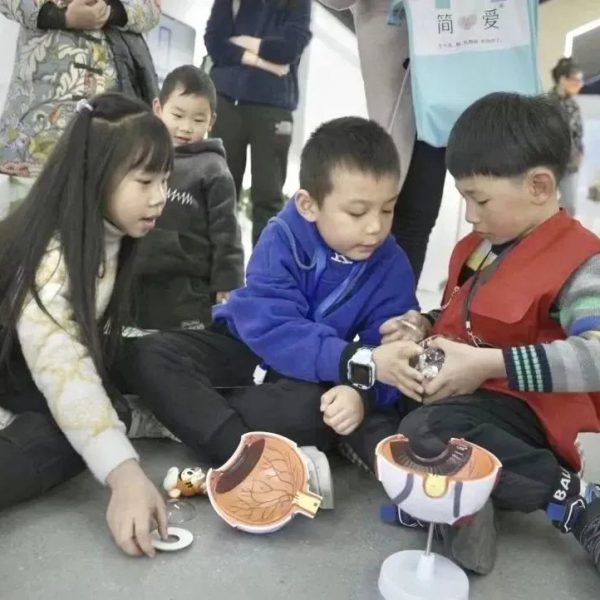
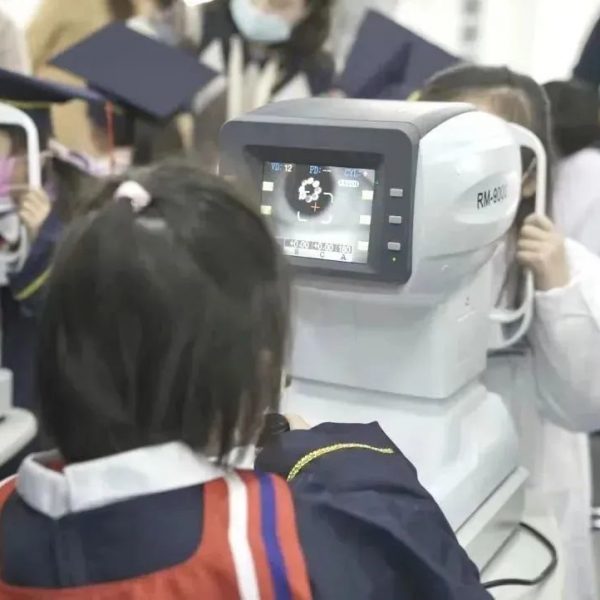
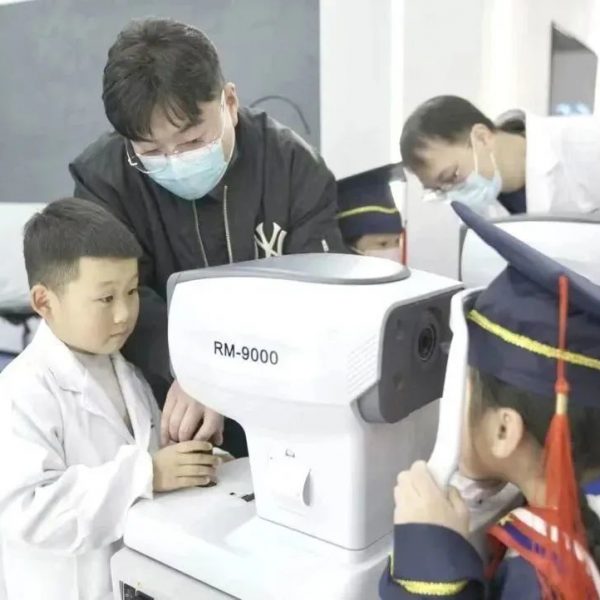
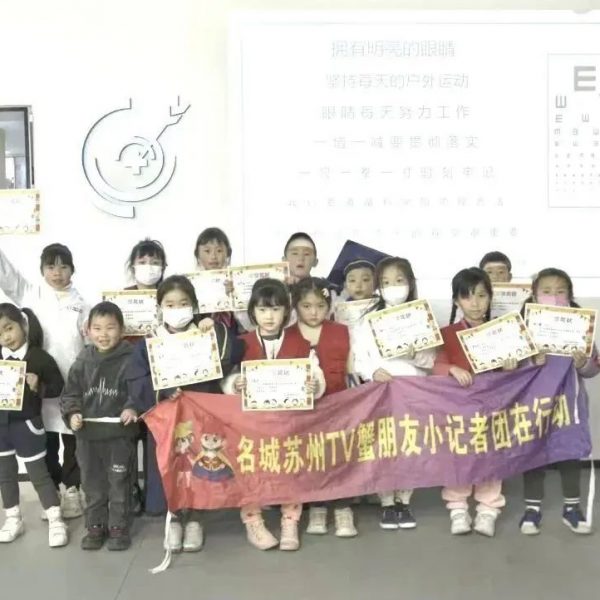
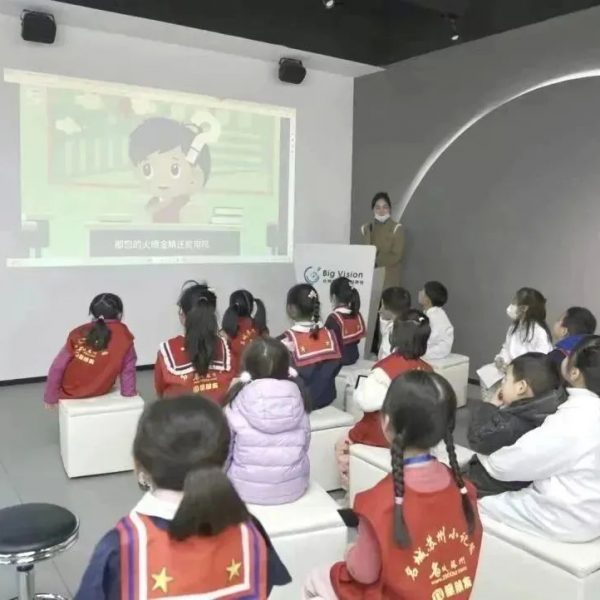
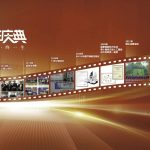
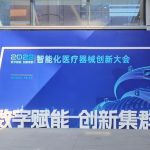
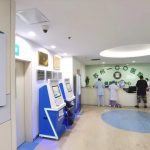




No comments yet.